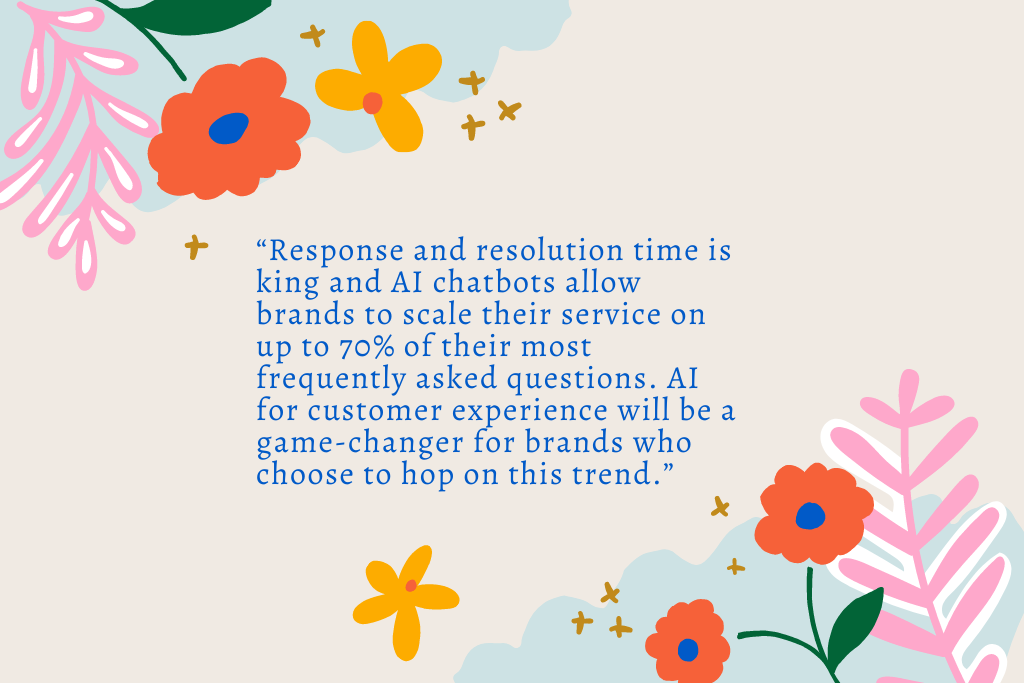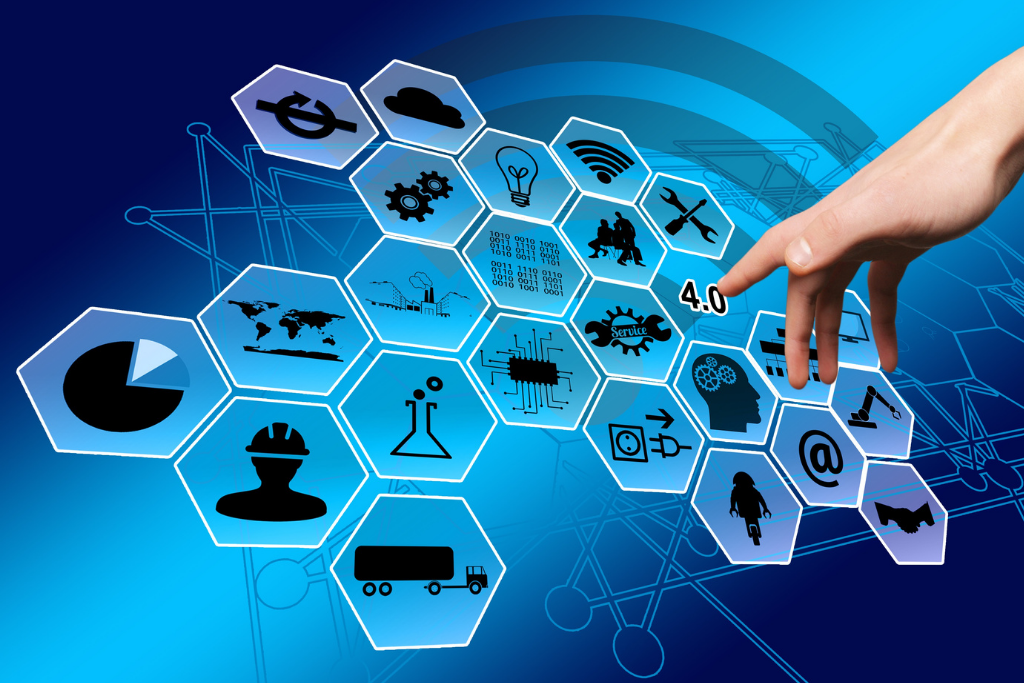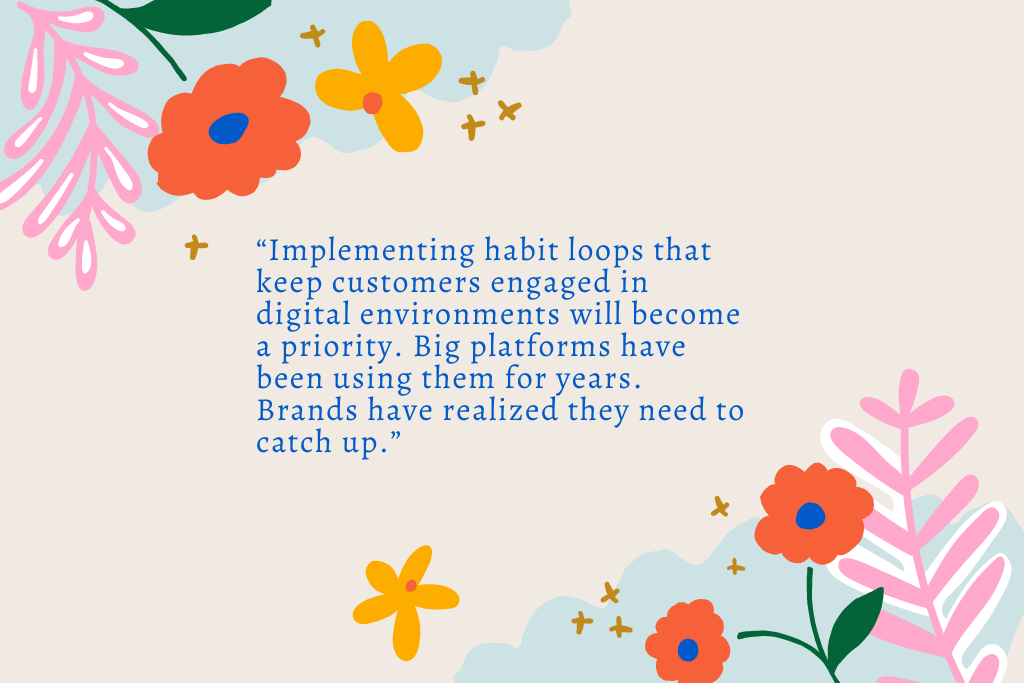
10 Digital Customer Experience Trends to Watch For in 2021
Customer experience term has shaken the market in recent years like no other. In the digital era, CX is constantly evolving and this makes marketers keep up with the latest trends. Improving and personalizing customer experience leads to better customer satisfaction, and it has become a top priority of over 55% of companies. 2020 was tough on customers and thus every company is trying hard to make their customer experience a top priority and those who are not working on this buzzword are left in the dust. Companies with a stellar digital CX can achieve a premium up to 25% on their products. On the contrary, a poor CX can make a company lose customers and as per the study, over 33% of customers consider switching to competition by facing small issues.
With time and more advancement, researchers conclude customer experience will overtake price and product as the top competitive differentiator. Just think of stakes higher than ever.
Many customers are looking for support from the brands with whom they are stuck in 2020 and wishing for support that will make 2021 much better. As per Forrester predictions 25% of brands will have significant advances in customer experience quality in 2021.
Companies can stay in tune with customers needs and provide out of box customer service in this difficult time and can shine.
Here is the list of customer experience trends that brands should keep or work on in 2021.
- Reassure your customer
We can’t consider what our customers will want and need in the coming years without predictions and analysis of the ongoing pandemic. Companies need to provide reassurance and informative messages to customers and potential clients.
The message includes how the company is taking care of safety and prioritizing the health, welfare and safety of both customers and employees. The improvised information can also be about the change in customer experience because of the pandemic. Such communication reassures customers who are spending conservatively right now and updates them about what to expect when they spend with the company.
Whatever industry you are in, this isa critical aspect in 2021. Communicate with customers and discuss prioritizing needs from health precautions to cleanliness standards, return and cancellation policies. Reassure customers that you will protect them in cases that are out of control.
- The omnichannel journey
As brands look to increase their presence on digital channels and social media platforms, omnichannel marketing keeps working on ever-growing concepts. From a digital experience perspective, omnichannel customer service is given an important explosion of remote work in the last few months and distribution of teams.
As per Victoria Taylor of Traktion.ai
“Customer success at its core is about building a lasting relationship with your client, to ensure they are achieving their desired outcomes whilst using your service/product. In 2020, we’ve seen unprecedented numbers of organisations forced to work remotely. Remote working presents itself with numerous challenges in ensuring an optimal customer experience. In 2021 and beyond, brands need to focus on ensuring their distributed departments, teams and functions can effectively communicate and work together to share data about how their customers are using their services.”
Brands really need to focus on their distributed departments, teams and functions to work together effectively and ensure better communication.
We might distribute customer experience from our end but this does not mean customers will lower its expectations. According to Gavin Hirst of Digital Hothouse:
“As customers spend more time online, they will expect more from businesses, and there will be an expectation to have a consistent voice across all platforms. This is becoming an expectation for customers rather than a ‘nice to have’. Whether you are interacting with customers on Twitter, email, phone, or they are browsing your website, you need to deliver a consistent experience.”
So how to solve this issue:
Using tools at your disposal start creating an omnichannel customer experience. Utilize a CRM system to help organize customer information in one place and act accordingly.
CMS platform ensures being the backbone of omnichannel. Headless CMS can connect to endless frontend presentations using API’s and their layers to give you omnichannel experience delivery. You can also integrate your CRM into CMS to manage content and customers from one central location.
- Brands need to quantify their differentiation
Standing out has become a daydream. Quantify differentiation – as per CX point of view, customers will keep higher expectations and compare you with competitors. Being a brand you have to work more closely on being attractive to customers in regard to work as per Johnathan Dane and KlienBoost.
Brands look for ways to differentiate themselves among the sea of content and the number of competitors. According to Gartner, 81% of brands expect to be competing with customer experience this year.
Expected Solution:
Start with positioning as differentiation starts from that point. From a marketing point, it begins with establishing yourself and doing things in a new way.
As per Hey.com they have cracked the email conundrum to ensure more privacy to users and organize inbox in a better way. The review proved great.
Another way to differentiate is by establishing values of the experience the customer receives from the brand and how it stands out.
- Chatbots for smooth customer service
AI is the new way of doing business and it continues to weave its way into the business. Many companies use bots to automate the marketing task and make communication better, easier and efficient. The digital customer experience impacts the next level through chatbots.
Dylan Max of Netomi explains the value of chatbots and what they can do:

Solution:
Companies like Drift and Intercom are building amazing chatbots to help businesses in several ways. They ensure providing an easy way to consumers and help them find answers to hard questions quickly.
For example, you can connect your chatbot to a knowledge base or FAQ section. When a visitor comes to your site, they notice chatbots on the homepage and they can function easily with the help of chatbots.
Instead of immediate customer executive availability, a chatbot can guide customers to FAQs and tutorials or blog posts to help solve queries. By the time customer executives start communicating, the user already has some information.
- Transparency
What is the most pressing customer experience trend? Digital transparency!! Brands can build and maintain trust with consumers by being highly transparent in terms of advertising, pricing, business practices, etc.
The top example of being transparent is by the use of consumer data collected. GDPR ensures data transparency law in Europe and ensures the de facto standard for the rest of the world. In the case of the following please note your website should be GDPR Compliant.
- Firm located within EU
- Your firm offers goods and services to the EU or monitors the behaviour of EU residents even though it is not in the EU.
Through marketing efforts, the company’s transparency can be shown. Customers appreciate genuine advertisements and messages that go with brand values.
Dishonesty may anyways be exposed in the digital age and this will break customer trust that took years to build.
Improve using transparent practices and go above and beyond the GDPR.
- A hyper-personalized experience by customers

A personalised shopping experience to users and shoppers are rapidly becoming table stakes for brands and companies. From marketing emails to dynamic advertisements, customers just want a personalized shopping experience. As per data from Epsilon, 80% of shoppers like to buy from a company that offers personalized experiences.
Many struggles to offer relevant personalized experiences though companies understand this expectation. What’s more difficult? Effective personalization! As it requires data, resources and thoughtful strategy. Research shows it is worthwhile though it is tall order.
- 44% of consumers are likely to become frequent flyers after a personalized shopping experience with a particular company as per partners at Segment.
- After offering personalized sales, marketers report seeing an increase in sales by 20% as per data by Monetate.
Here are two things that everycompany should consider before investing in personalization:
- Customer data for successful personalization
You can build a custom experience on the information collected. So ask yourself if you have sufficient data to implement an effective personalization experience. The data includes who they are, where they are and how their customers behave online. This data is the foundation of audience segmentation and the very first step of personalization.
- The team have sufficient resources
Before launching a personalization push, make sure your team is ready and aware of resources. You have both appropriate technology and time to manage.
Before validating your idea make sure you have a process in place and put efforts around personalization. How will you measure success?
A thoughtful personalization strategy will work wonders and over time automate it. This requires plenty of legwork up front as who will monitor your personalization strategy?
- Habit loops

As a human, what we do when it comes down to our habits. We work on repeated versions. Habits play a huge role and leave a deep impact on how we interact with each other and brands.
Pere Monguio of FXStreet describes:

We, humans, are a creature of habits and once we find something we like we return to it. And this habit can be applied in CX with what we call is a habit loop. Three important components in the loop contain
- Cue
- Routine
- Reward
Our addiction to social media is one example and we can also extend this to our interaction with customers. The cue is seeing a post or content or ad from the routine and deciding to make a purchase, the reward is the item or service users buy. In the digital process, habit loops play a crucial role and keep customers engaged.
- Predictive analysis

Brands have enough customer data and have access to it. Customers are happy to give up the data if it is of their benefit. Companies can improve their customer experience by investing in predictive analytics. D2C eCommerce companies can benefit from the use of analytics and help predict stock and inventory levels by viewing customer continuous purchases. Well, the benefits do extend to other industries as well.
How to function:
Start educating your team and yourself about predictive analytics and how to acquire important information about customers and give a personalized experience. There are several tools available from companies like SAP and IBM which aids predictive analytic strategy.
- Mobile access
What is not affected and driven by the pandemic is mobile connectivity. People are spending more time on mobile devices as per a study around 3.5 hours per day in the UK . This time is everything from communicating to shopping or watching entertainment or streaming live service.
Accessing the web via a mobile device was frustrating in the past. It seems people preferred always less accessing via laptop or desktop. Companies no longer afford to relegate mobile access to a second class service. Customers simply migrate to first class. Ensuring the responsive design is crucial and two factors stand out:
- Loading speed
47% of users expect a page to load in less than two seconds and 40% leave if it takes over 3 seconds.
- Compatibility
People use multiple devices and browsers. CX works on your ability to ensure that your site is optimized and performs the same quality across different devices and browsers. Adaptive bitrate streaming is very crucial with video assets.
For website conversion, optimizing mobile access is very important and being a brand makes sure people can access and use the site effectively.
- Data protection
Collection of data is one issue and protection of data is whole another world. A data breach can ruin the digital customer experience and break the trust of customers in business.
Over 50% of consumers view brands negatively almost one year after data breach. It proved costly, with the average financial loss pegged at $3.86 Million USD.
Companies are improving data security company-wide in 2021. One of the best examples is digital security awareness and making digital security a compulsory part of online testing.
fraudulent company emails do 72% of data breaches and to avoid here are modern techniques.
- Mandatory two-factor authentication for employees
- Higher encryption standards for consumer data
- Better employee management and access to sensitive data
- Consumer awareness campaigns to help protect fraudulent emails
Wrapping up:
Stay close to customer experience no matter how big a company grows. It is always essential to monitor customer service and satisfaction.
Organizations who keep a complete picture of their customer’s digital experience generally have a higher digital experience maturity level and yield higher revenue and lead to overall organizational success. Make your customer feel valued for their patronage.
“We request a simple feedback survey from our clients and vendors to assess and ascertain our customer satisfaction rates”says Brian Sheehan, Marketing Manager at Hollingsworth.